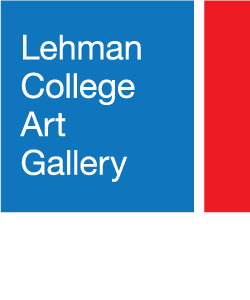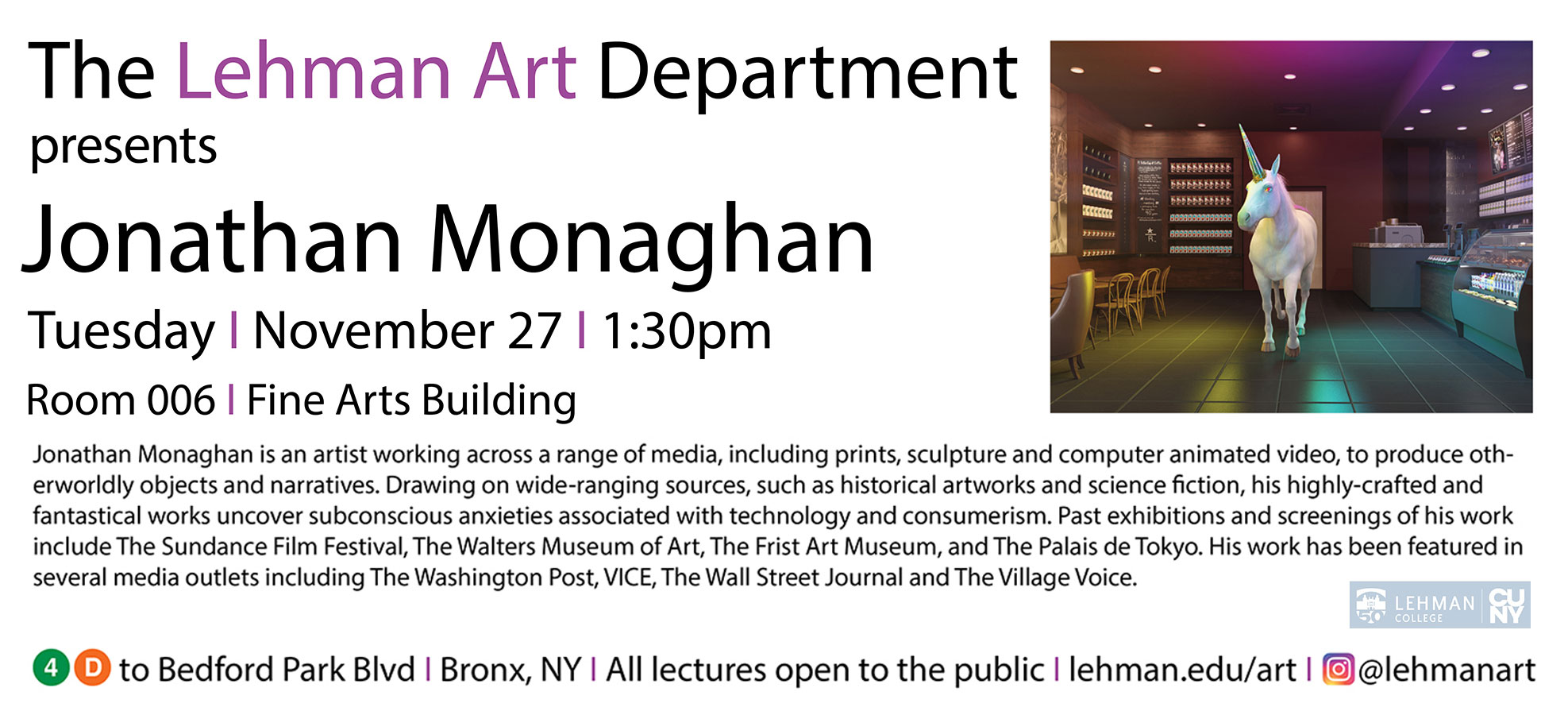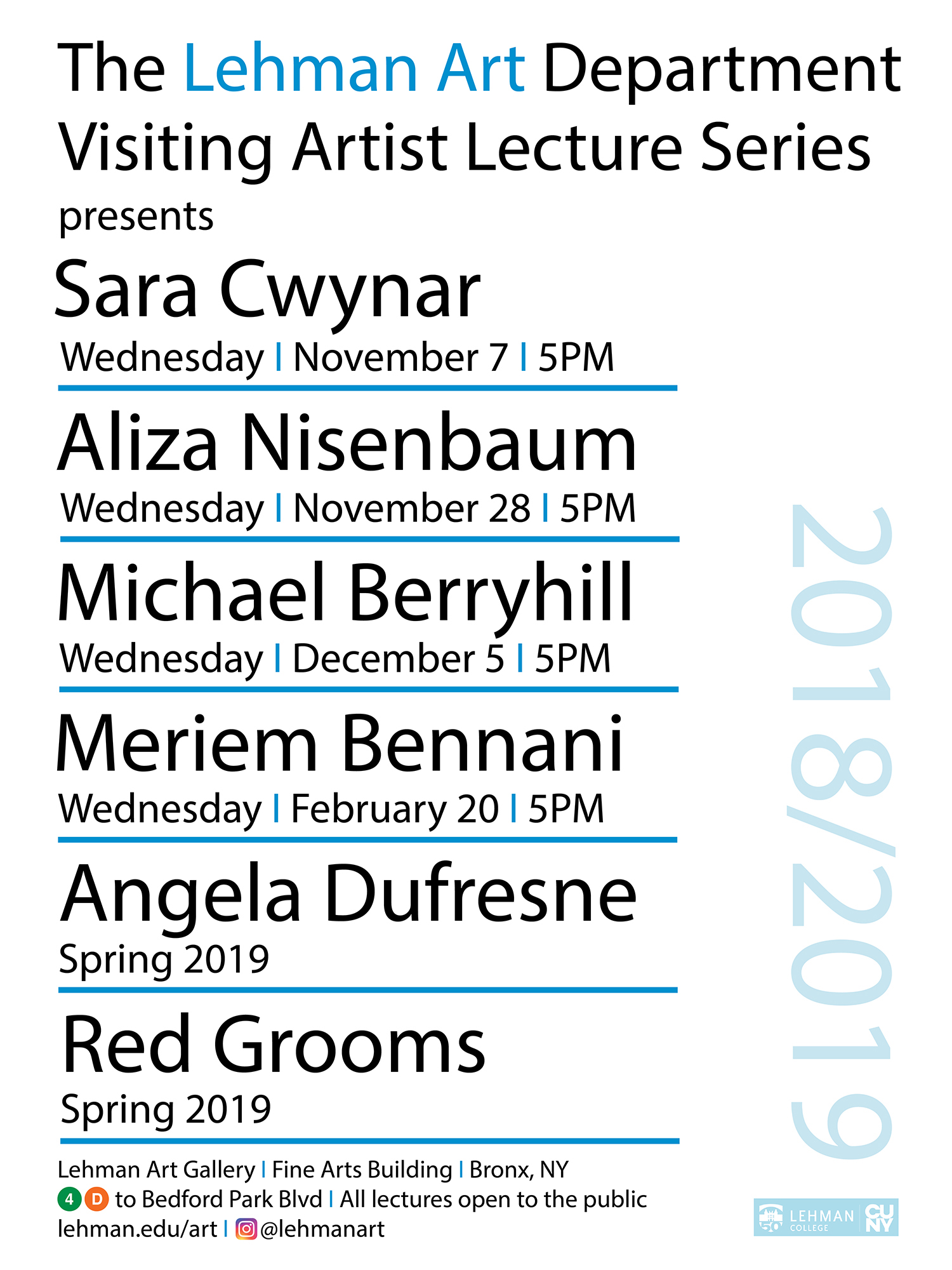Luis Camnitzer Retrospective
Lehman College Art Gallery, the City University of New York, is organizing a retrospective exhibition of the works of Luis Camnitzer. This exhibition scheduled for February of 1991, is being organized by Jane Farver, the new Director at Lehman, and is available to travel to other instiutions.
Luis Camnitzer is an artist whose conceptual works place his somewhere between Duchamp and Bueys. His works are political, and focus on objects, words, and the body. He was born in Germany in 1937, but was raised in Uruguay where his family moved just before the war. Camnitzer studied, but never practiced architecture, becoming a sculptor and printmaker instead. He studied in Germany, and was awarded a Guggenheim Fellowship. In 1969, he moved to New York, and he was soon included in important exhibitions of onceptual art at the Museum of Modern Art, Dwan Gallery, and elsewhere. He also had solo shows at the Paula Cooper and Marian Goodman Galleries.
In the early 1970s, the Uruguyan government was taken over by the military, and Camnitzer was exiled in New York. His work began to primarily deal with South American political matters; his subject matter has since expanded to the global political arena. In 1985, when the civilian government was restored in Uruguay, Camnitzer was able to return there. In 1986, the Montivideo Museum mounted a major retrospective of Camnitzer’s work; this show travelled to a number of countries throughout Latin America. In 1988, Camnitzer represented Uruguay in a one-person exhibition at the Venice Biennale.
The Lehman College Art Gallery exhibition will be an edited and updated version of the Montevideo retrospective. It will include works from at least two new series of work. The exhibition will be accompanied by a catalogue which will include a number of writings by Camnitzer himself, who has written a number of significant pieces of artistic acculturation and the mainstream American art. It will also have an essay by Mari Carmen Ramirez, which will discuss Camnitzer in the terms of the history of Latin American art. The catalogue will be printed in both English and Spanish.


